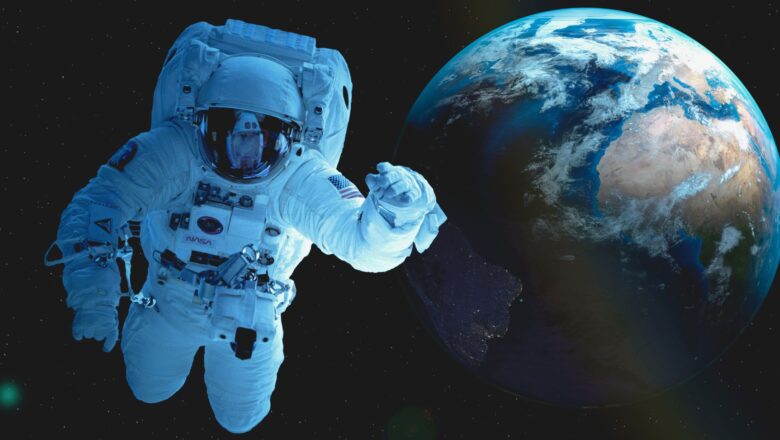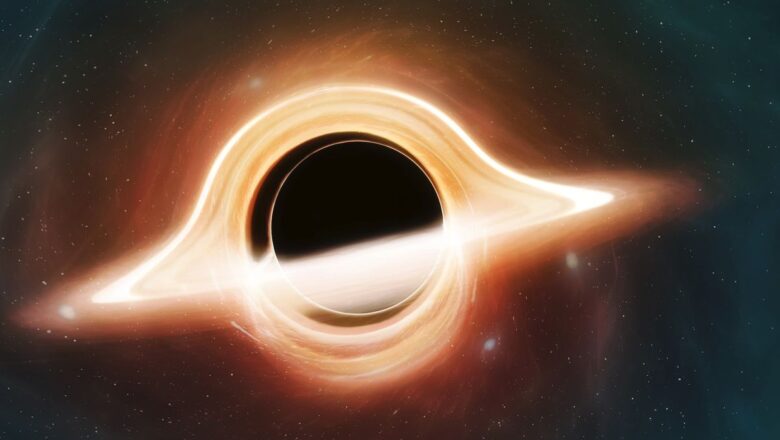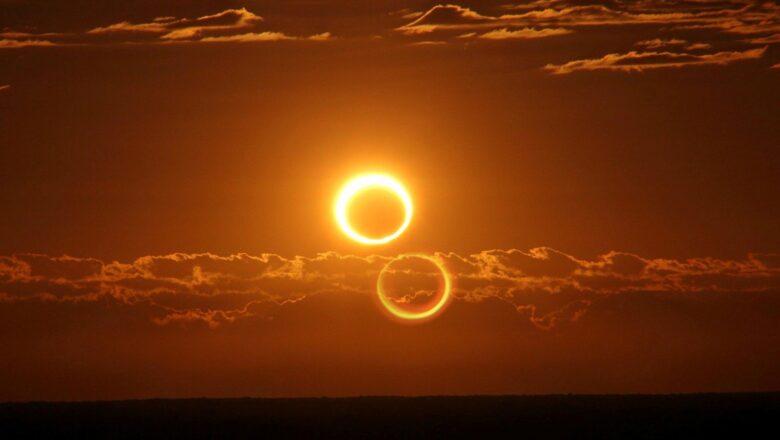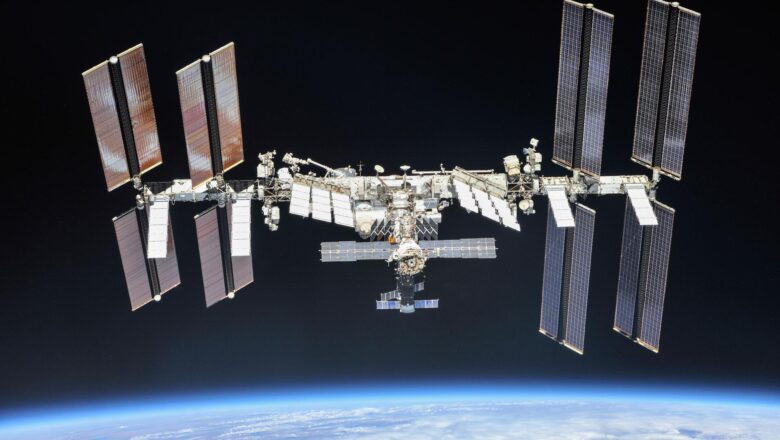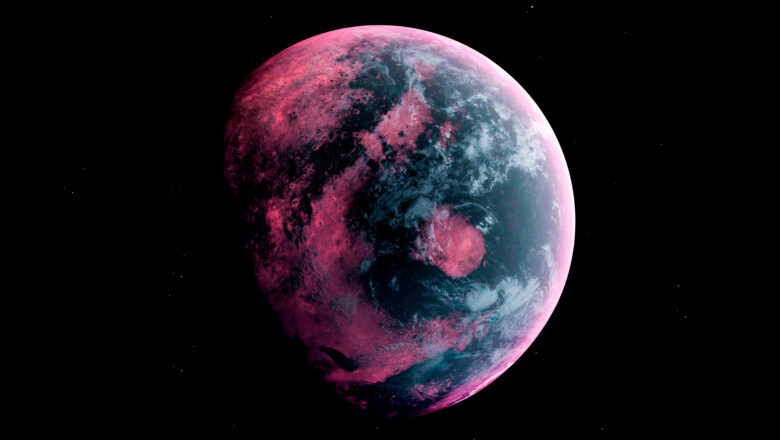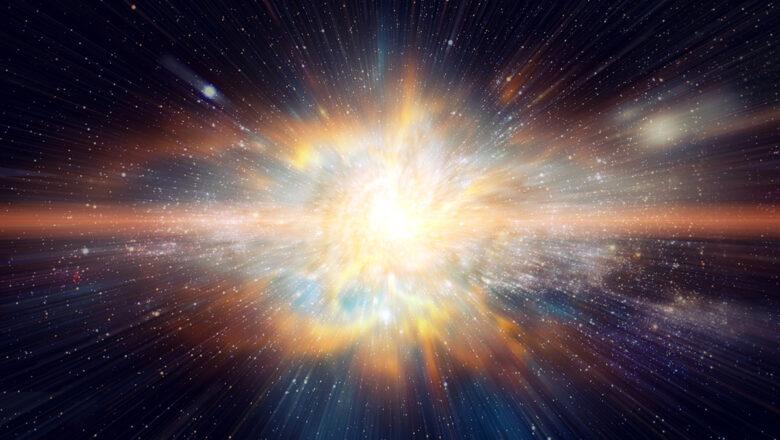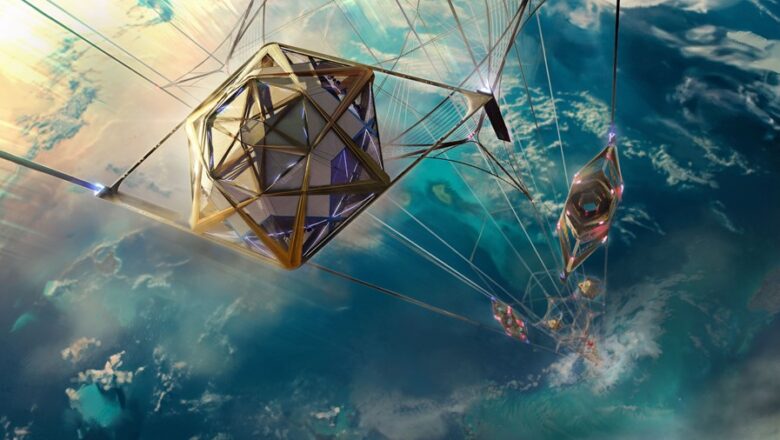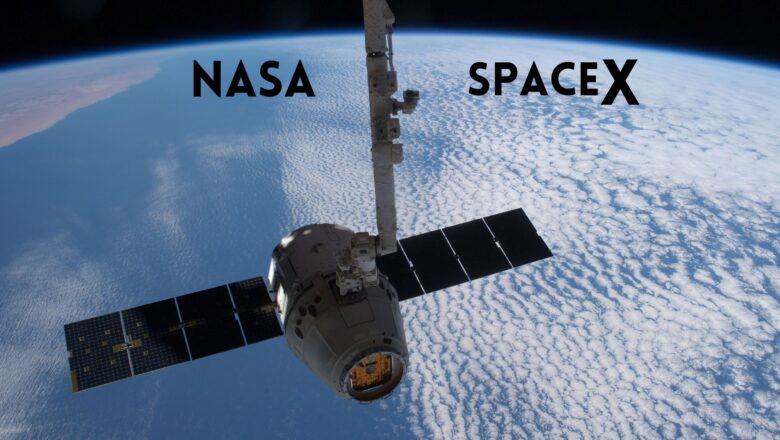
Sunita Williams Returns to Spacewalking After 12 Years, Tackles ISS Maintenance with Colleague Nick Hague
Indian-origin NASA astronaut Sunita Williams stepped outside the International Space Station (ISS) on Thursday for her first spacewalk in 12 years, alongside fellow astronaut Nick Hague. The spacewalk, designated as US Spacewalk 91, marks Williams’ eighth career extravehicular activity and Hague’s fourth.
The mission, expected to last approximately six and a half hours, involves critical maintenance and upgrades to the ISS. Wearing an unmarked spacesuit as spacewalk crew member 2, Williams worked alongside Hague, who donned a suit with red stripes as spacewalk crew member 1.
The duo's tasks include replacing a rate gyro assembly, which supports the station’s orientation control, and installing patches on light filters for the Neutron star Interior Composition Explorer (NICER) X-ray t...

